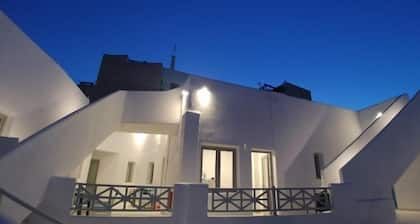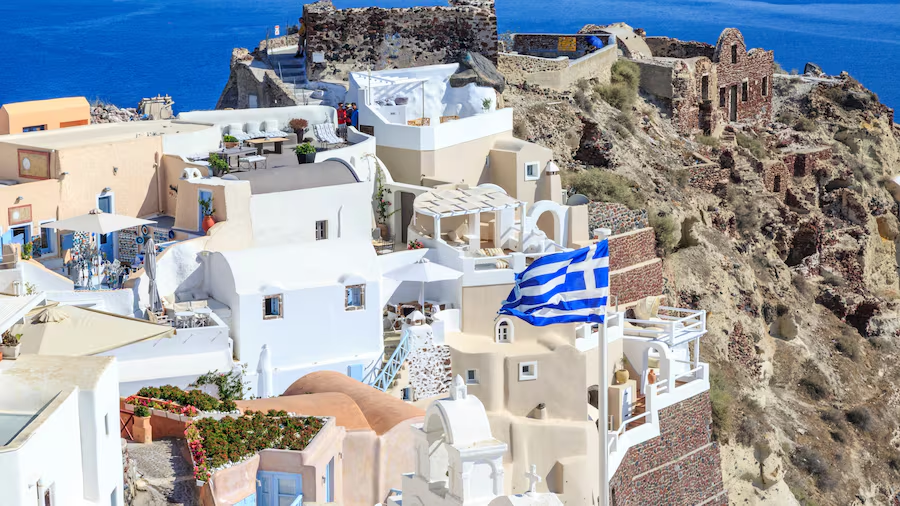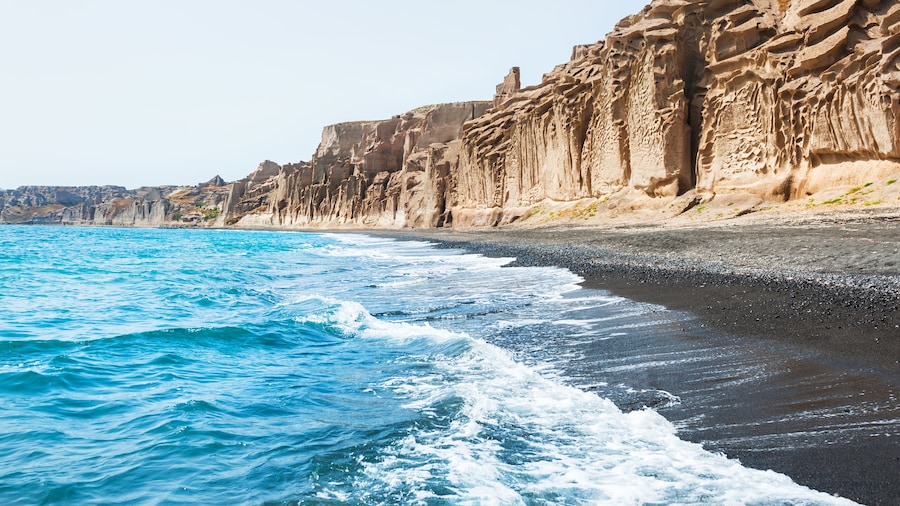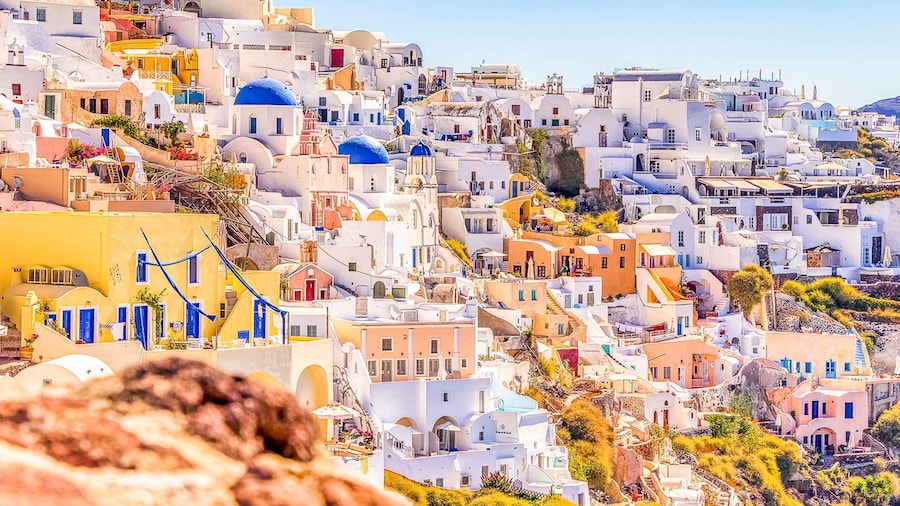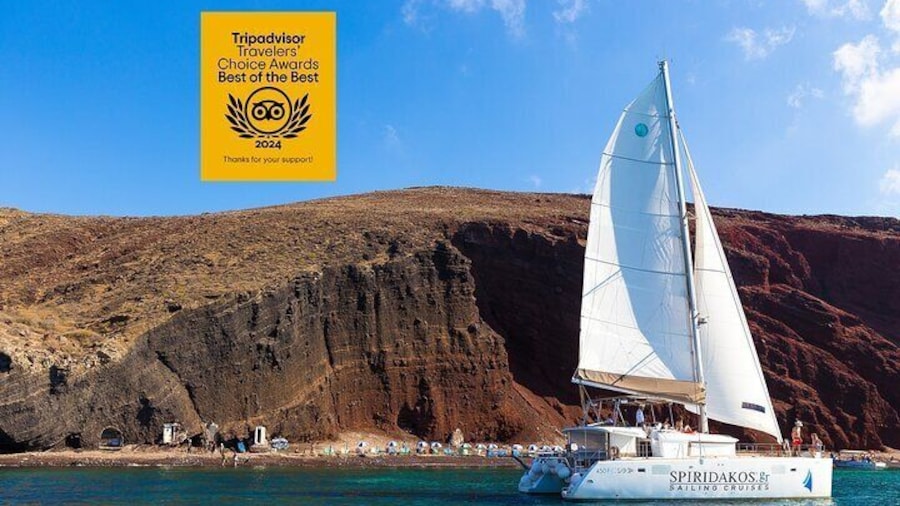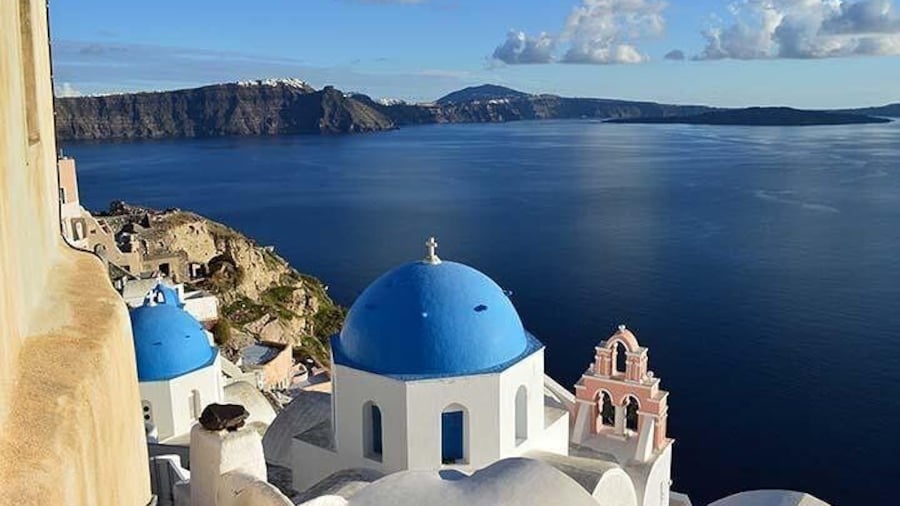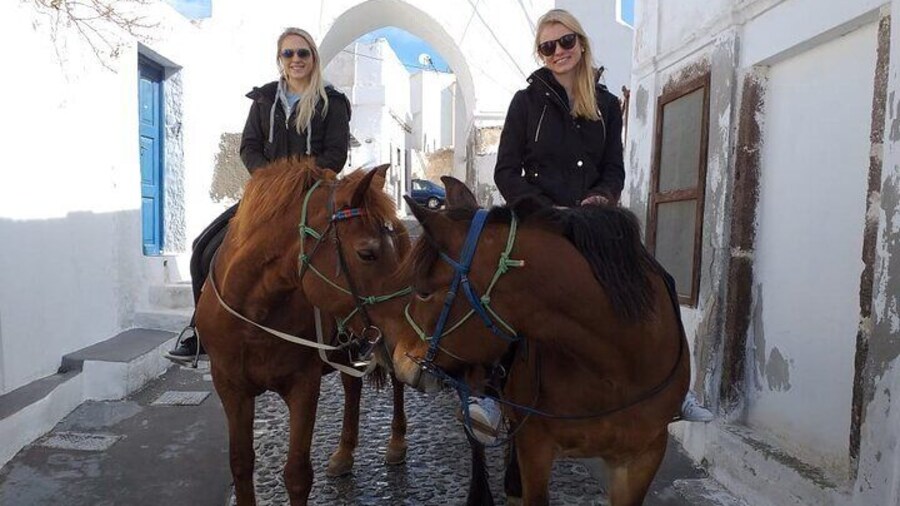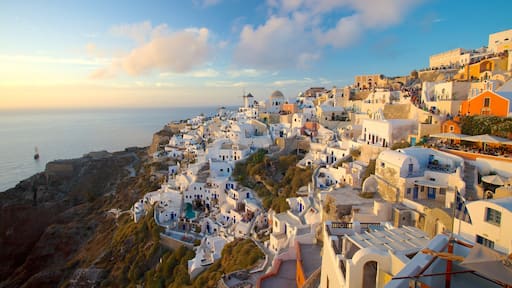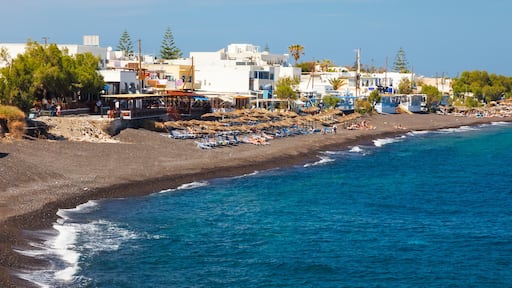Santorini is a unique island, even for the collection of beautiful isles that make up the Cyclades, here in the Aegean Sea. It is an island that raised up one of Europe's most ancient civilizations – the Minoans – and then destroyed them in a cataclysmic volcanic explosion 3,600 years ago. Since then, Greeks and Egyptians, Turks and Venetians have been drawn to its dramatic crescent-shaped shore, (and perfect deep-water harbour). That harbour has turned out to be perfect for a new 'invasion' of cruise-boat tourists, in the modern age, too.
Most of those come here for its views, with picture-perfect villages strung along its knife-edge cliffs. But it's the history, both geological and archaeological, which makes them linger longer and the warm welcome of the Santorinis that keeps them coming back. While Santorini may not be overloaded with 'banging' night-clubs, it does know how to entertain – especially in the capital Firá. Taverns, bars and cafés provide a ready-made combination of distinctive cuisine and spectacular views.Firá also serves as the perfect base from which to explore the long-lost secrets of Santorini. This a place of legends. Many believe that the Minoans who lived here were the ancient Atlanteans – and Santorini is the long-lost land of Atlantis. Just like them, the Minoans had amazing technology and art, but their world was destroyed when the island exploded in 1,600 BC, leaving only the rim of cliffs you see today. You can view the evidence at the museum of Akrotiri, in the south of the island.The northern tip is home to Santorini's other legend – the village of Oia, with its sublime views and impossibly beautiful tumble of whitewashed houses. Its ruined fort provides a perfect vantage point over Oia's whimsical windmills and blue-topped church domes. It's wonderful place to come at sunset, not only for the view of the village's sun-splashed beauty and the azure expanse of the Aegean – but to ponder on the violent volcanic forces that turned an island into a bay, and a civilization to dust.









